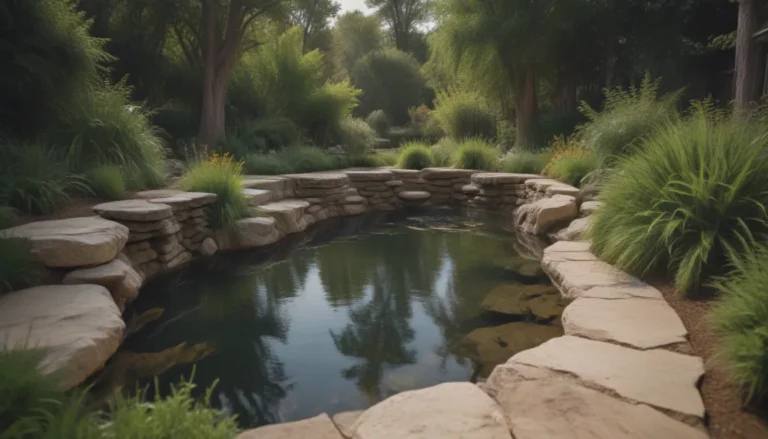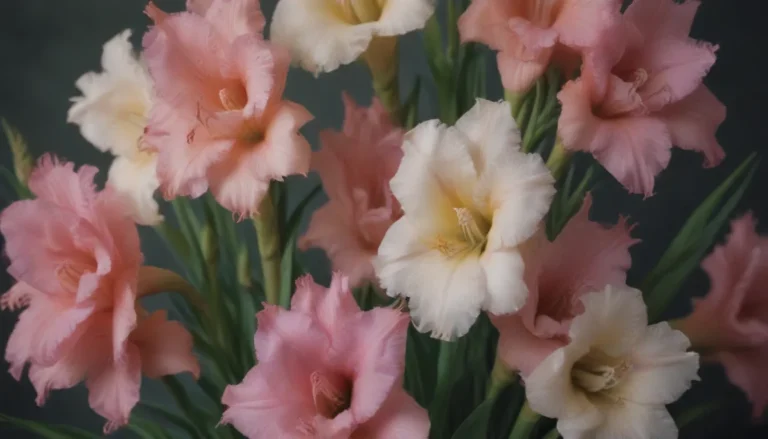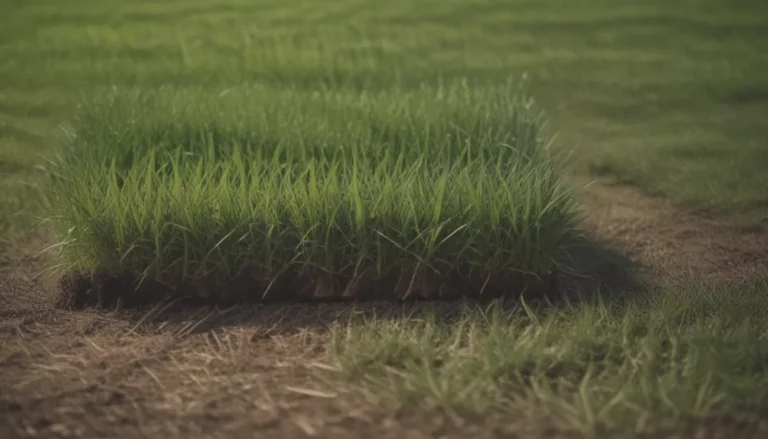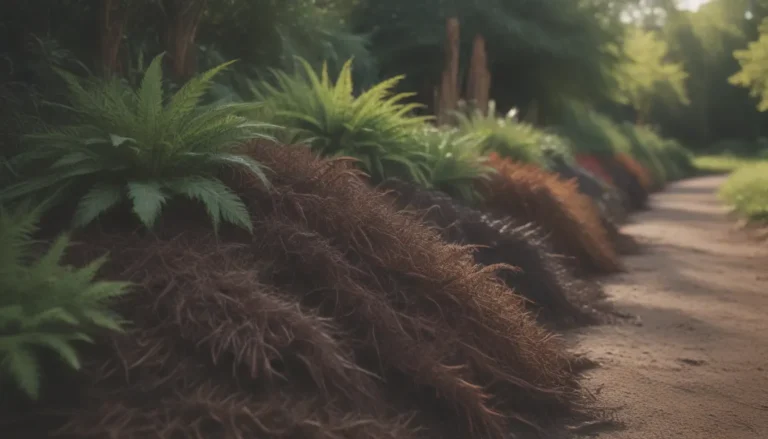Why Do Indoor Plant Leaves Turn Yellow?
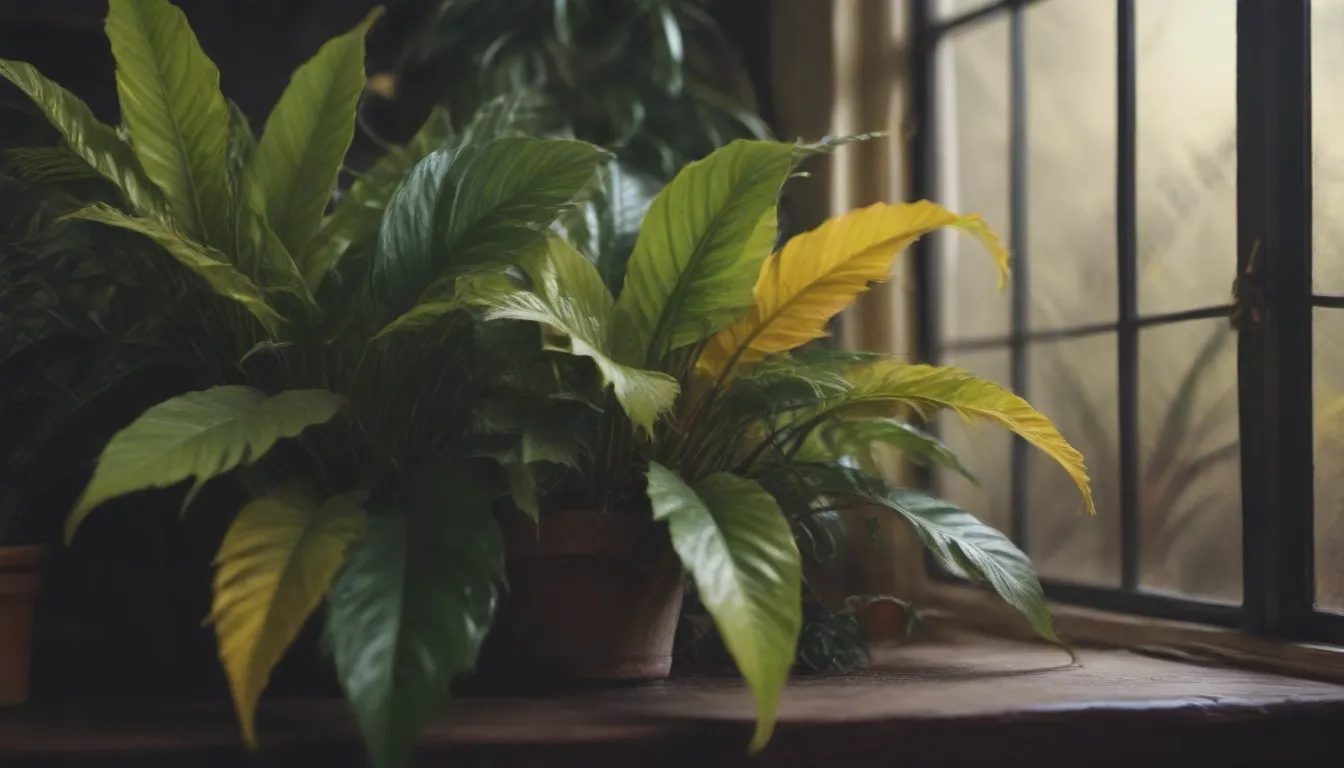
If you’ve ever noticed yellowing leaves on your beloved houseplants, you’re not alone. It can be frustrating and concerning to see your greenery lose its luster, but fear not – there are solutions to this common problem.
Sometimes the cause of yellowing leaves is obvious, making it easy to diagnose and rectify the issue. Other times, it’s more of a mystery, requiring a bit of trial and error to figure out what’s going wrong. In this article, we’ll explore the various reasons why your indoor plant leaves might be turning yellow and provide tips on how to fix the problem.
Understanding Yellowing Leaves
When you spot a completely yellow leaf on your plant, it’s important to remove it using a sterile cutting tool. This allows the plant to redirect its nutrients to healthier leaves. Once a leaf turns yellow, it has lost its chlorophyll and won’t turn green again, even if you correct the underlying issue. However, if the plant regains its health, new leaves may fill in during the next growing season. Remember, growing plants successfully requires patience and a bit of trial and error.
Let’s delve into the common reasons why indoor plant leaves turn yellow and how you can address each issue effectively.
1. Moisture Stress
Overwatering or underwatering are often the primary culprits behind yellowing leaves in indoor plants. Proper watering is essential to the health of your plants. If the soil is dry, it’s a sign that your plant needs more water. On the other hand, if the soil is waterlogged, your plant may be suffering from too much water, leading to root rot and yellowing leaves.
- Symptoms: Yellowing leaves, sometimes with brown spots or tips.
- Solution: Monitor the soil moisture carefully and adjust your watering schedule as needed. Ensure that the plant’s pot has proper drainage to prevent waterlogging.
2. Normal Aging
As plants age, their lower leaves naturally turn yellow and drop off. This is a normal part of their growth cycle, so there’s no need to worry. If your plant becomes leggy, consider pruning back the main stem to stimulate new growth and create a bushier appearance.
3. Cold Draft
Exposure to cold drafts can cause tropical plant leaves to turn yellow and drop. If your plant is situated near an air-conditioner vent or drafty window, consider moving it to a more stable location. Monitor the plant to see if the yellowing spreads further and maintain adequate humidity levels to support tropical plants.
4. Lack of Light
Insufficient light exposure can cause indoor plant leaves to yellow, especially on the lower leaves. Look for clues like yellowing on the side of the plant that is turned away from the light source. To remedy this issue, rotate the plant periodically to ensure all sides receive adequate light. If natural light is scarce, consider using artificial plant lights to supplement the lighting conditions.
5. Nutrient Deficiency
Yellowing leaves can also indicate a nutrient deficiency in your plant. This could be due to factors such as excessive calcium in the water or a lack of nitrogen. Monitor your plant for unusual patterns of yellowing, such as dark veins with yellow tissue between them. Invest in a soil testing kit to accurately diagnose the issue and provide your plant with the necessary nutrients for optimal growth.
6. Viral Infection
A viral infection in your plant can manifest as spreading yellow patches on leaves, along with deformed leaves and stems. If you suspect a viral infection, quarantine the affected plant to prevent the spread to neighboring plants. Identify the virus to determine appropriate treatment methods, which may include fungicides or propagation of healthy plant parts.
7. Pests
Dry indoor air can attract pests like aphids and spider mites, which feed on plant sap and cause leaves to yellow. Check the undersides of leaves for signs of pests, such as fine webbing. Use insecticidal soap to eliminate aphids and spider mites, and increase humidity levels around your plants to deter pest infestations.
8. Repotting
Repotting a plant can stress it out, leading to yellowing leaves as it adjusts to a new environment. Give your plant time to acclimate to its new potting soil and refrain from fertilizing it during this period. If you’ve brought home a new plant, allow it to settle in for about a week before repotting it.
By addressing these common issues that cause indoor plant leaves to turn yellow, you can help your beloved greenery thrive and flourish. Patience, observation, and proper care are key to maintaining healthy and vibrant indoor plants.
Sources:
– Missouri Botanical Garden, 2020. “Overwatering”
– University of Vermont Department of Plant and Soil Science. “Why Houseplants Drop Leaves”
– University of Missouri Extension. “Diagnosing Nutrient Deficiencies”
– University of Missouri Extension. “Preventing and Managing Plant Diseases”
